Are you curious about ancient civilizations and archaeological finds? Here are the archaeology museums you must see in Lower Saxony:
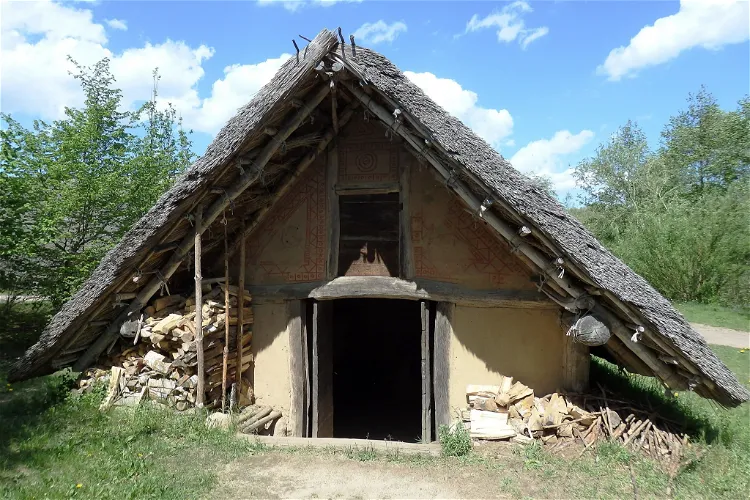
Hitzacker Archaeological Centre
HitzackerThe Hitzacker Archaeological Centre is an open-air museum located in Hitzacker, Lower Saxony. The museum's main focus is on the representation of Bronze Age settlement methods. This provides a unique opportunity for visitors to gain insights into the living conditions and lifestyle of people during the Bronze Age.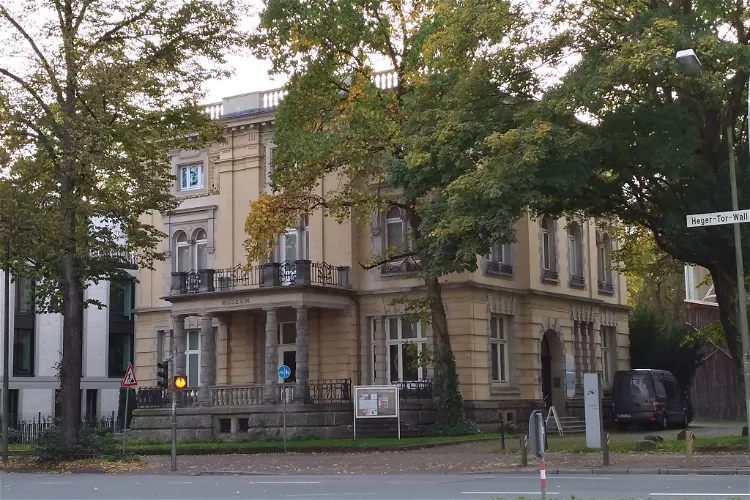
Kulturgeschichtliches Museum
OsnabrückThe Kulturgeschichtliches Museum Osnabrück, also known as the Museum am Heger Tor, is a museum located in Osnabrück. It showcases a wide range of exhibits that cover various aspects of history and culture. These include prehistory and early history, city history and everyday culture, as well as ancient art, arts and crafts and design. The museum also houses a collection of costumes, weapons and armor, coins and medals.
Roemer-und-Pelizaeus-Museum
HildesheimThe Roemer and Pelizaeus Museum, located in Hildesheim, Germany, is a renowned institution dedicated to art and archaeology. The museum is named in honor of Hermann Roemer and Wilhelm Pelizaeus, two significant figures in its establishment and development.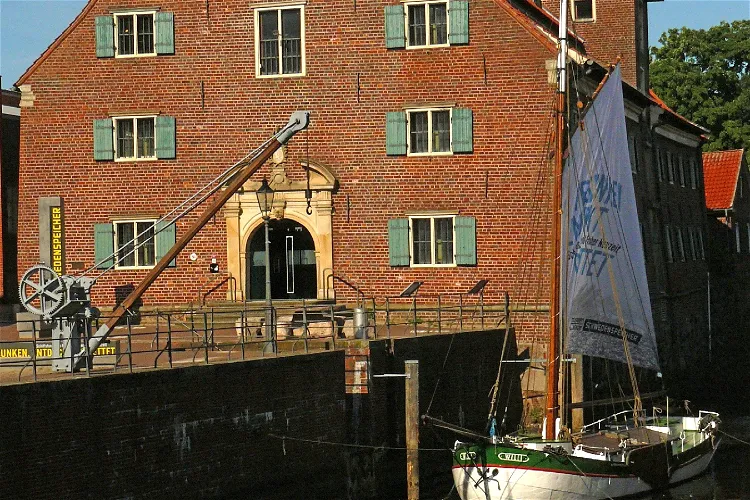
Schwedenspeicher
StadeThe Schwedenspeicher Museum, which was renamed Museum Schwedenspeicher in 2011, has been a regional museum in the Hanseatic city of Stade in Lower Saxony since 1977. The museum is housed in a baroque brick building from the second half of the 17th century, which was built during the city's 67-year affiliation with Sweden. The museum's content focuses on the archaeology and history of the Elbe-Weser region in general and the city of Stade in particular.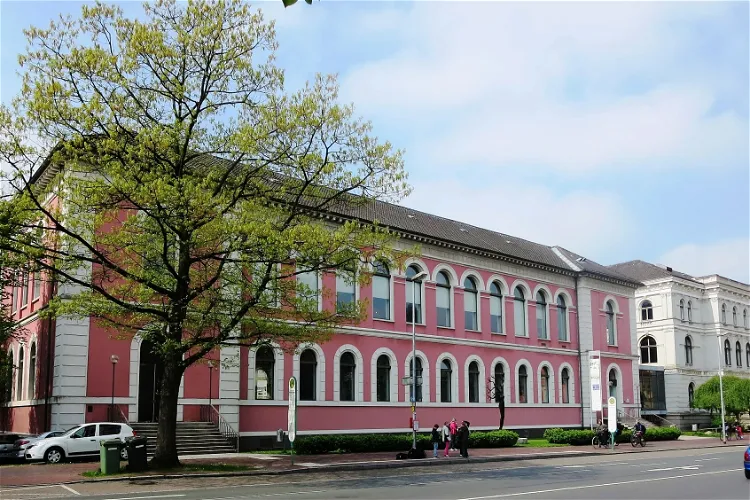
State Museum for Nature and Man
OldenburgThe State Museum for Nature and Man in Oldenburg is a regionally significant collection museum. It houses departments of Archaeology, Natural History, and Ethnology, offering a diverse range of exhibits for visitors to explore. The museum's interdisciplinary permanent exhibition covers the themes of Moor, Geest, and Coast & Marsh, providing a comprehensive insight into the natural and cultural history of the region.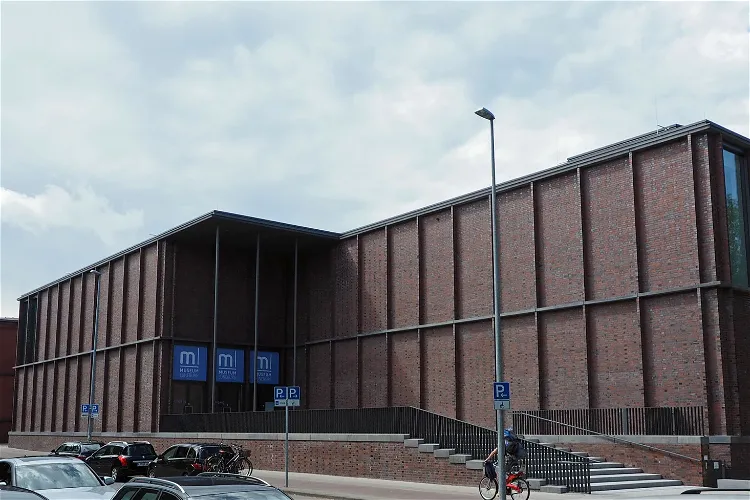
Museum Lüneburg
LüneburgMuseum Lüneburg is dedicated to the exploration of the cultural landscape of the Lower Saxon Hanseatic city of Lüneburg and its surroundings. It provides a comprehensive insight into the region's history, culture, and natural environment, making it a valuable destination for those interested in understanding the area's past and present.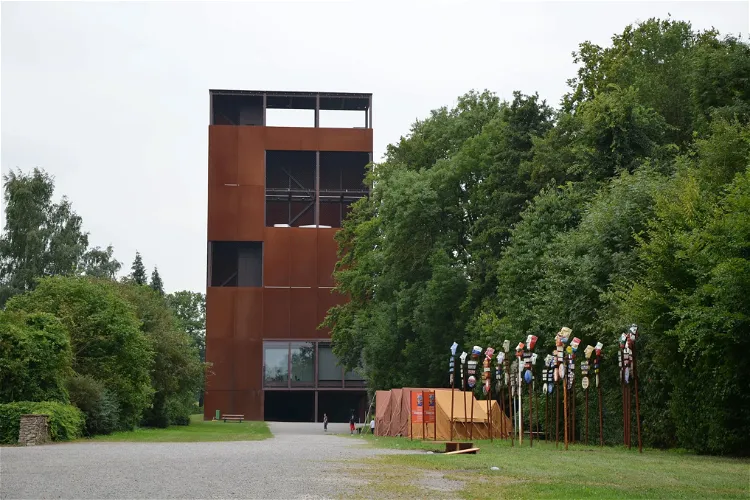
Varusschlacht im Osnabrücker Land - Museum und Park Kalkriese
BramscheMuseum und Park Kalkriese is an archaeological museum located in the Bramsche district of Kalkriese in the Osnabrück region. It features an attached open-air museum, providing visitors with a unique opportunity to explore the history and archaeology of the area.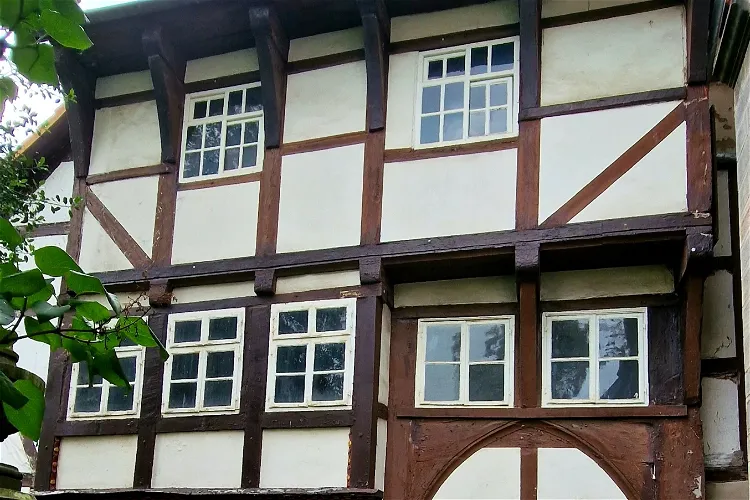
Städtisches Museum
GöttingenThe Städtische Museum Göttingen is a significant repository of the city's history and cultural heritage. It houses around 150,000 objects that trace the cultural evolution of Göttingen and its surroundings from the earliest settlements to the present day. This extensive collection provides a comprehensive insight into the city's past, making it a valuable resource for anyone interested in understanding the historical and cultural context of Göttingen.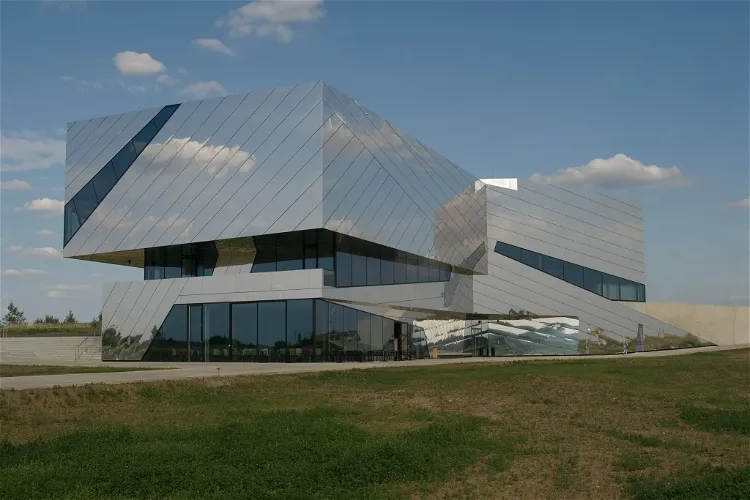
Paläon Research and Experience Center
SchöningenThe Schöningen Research Museum, located in the Helmstedt district, is a visitor center and museum that primarily focuses on the exhibition of the Schöningen Spears. These spears are significant as they provide a glimpse into life and environmental conditions around 300,000 years ago. The museum is situated near the discovery site of the spears in the former Schöningen brown coal open-cast mine, adding to the authenticity of the experience.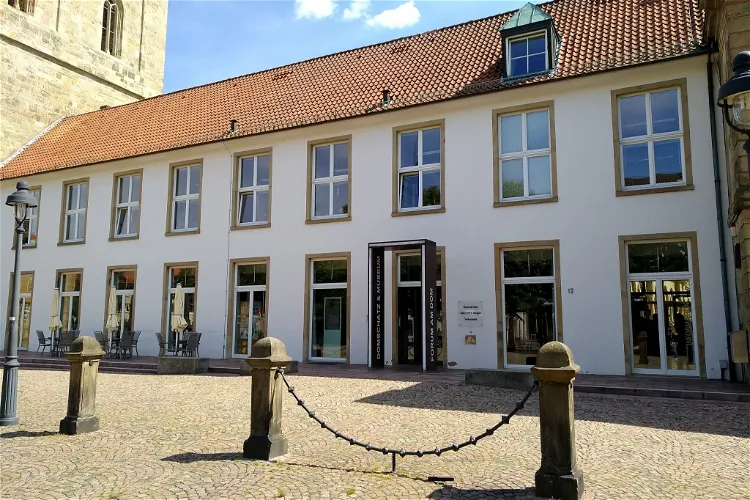
Cathedral Treasury and Diocesan Museum
OsnabrückThe Cathedral Treasury and Diocesan Museum is an integral part of the Diocese of Osnabrück. Its location, right next to the St. Peter's Cathedral, makes it easily accessible for visitors. The museum offers a unique opportunity to delve into the rich history and culture of the diocese.
Buxtehude Museum
BuxtehudeThe Buxtehude Museum underwent a significant renovation and expansion in 2015, which resulted in the creation of new departments and a redesign of its exhibitions. The museum reopened in 2021, offering visitors a fresh and modern perspective on the region's history and art. The renovation has enhanced the museum's ability to present its collections in a more engaging and informative way.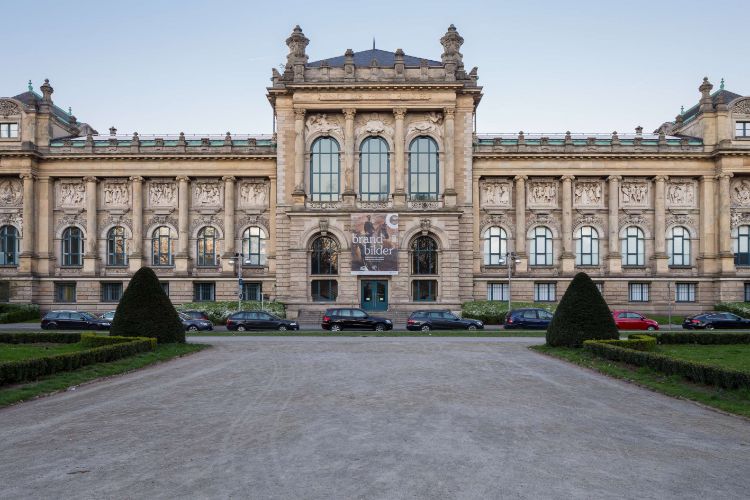
Lower Saxony State Museum
HanoverThe Lower Saxony State Museum (Niedersächsische Landesmuseum Hannover) is a museum in Hannover. The museum's collection includes the Landesgalerie, a collection of paintings and sculptures dating from the Middle Ages to the early twentieth century. Furthermore, the museum features departments for ar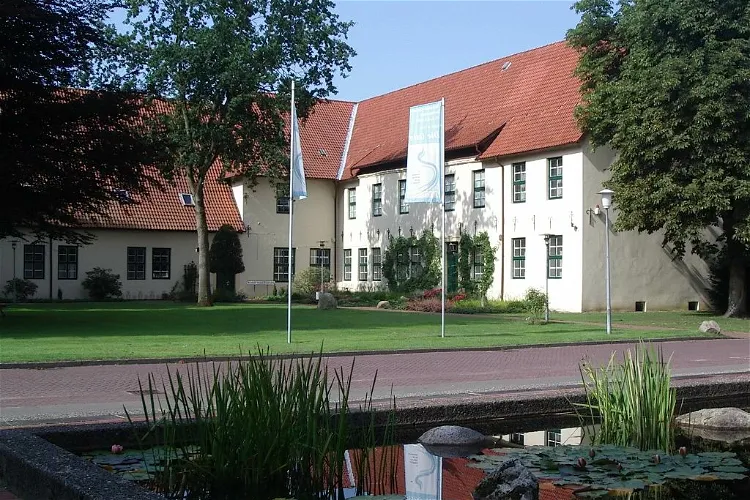
Bachmann-Museum Bremervörde
BremervördeThe Bachmann-Museum in Bremervörde is a unique institution that combines regional history and natural history. It is the largest museum in the Rotenburg (Wümme) district, making it a significant cultural and educational hub in the region. Visitors can expect to explore a wide range of exhibits that delve into the rich history and natural wonders of the area.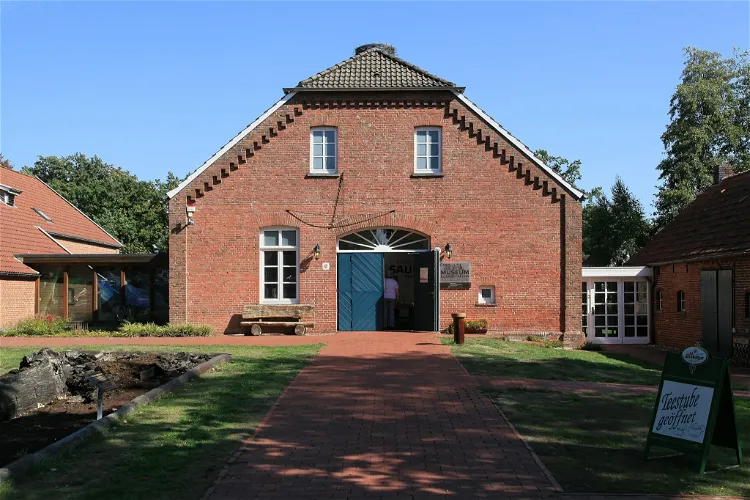
Moor- und Fehnmuseum Elisabethfehn
ElisabethfehnThe Moor- und Fehnmuseum Elisabethfehn is a peat museum situated in the Fehnkolonie Elisabethfehn, within the municipality of Barßel. The museum is conveniently located directly on the Elisabethfehn canal, making it easily accessible for visitors.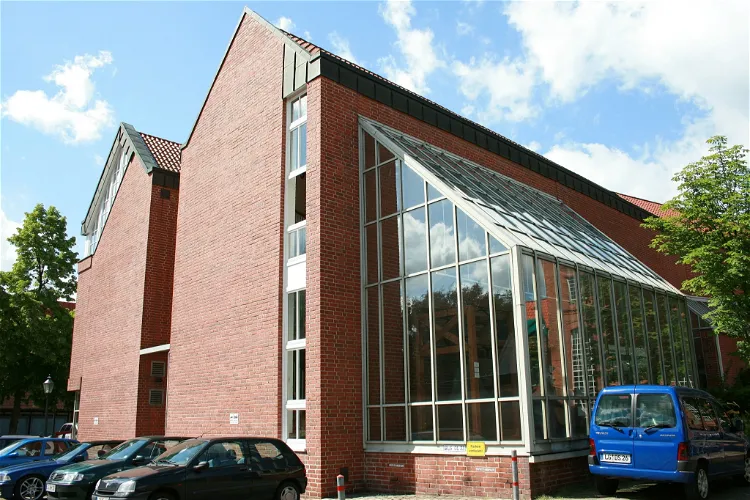
East Prussian Regional Museum
LüneburgThe East Prussian Regional Museum, located in Lüneburg, Lower Saxony in Germany, was established in 1987. This museum is a significant cultural institution that provides insights into the history, art, and culture of the former German province of East Prussia.
Heimatmuseum Leer
Landkreis LeerThe Heimatmuseum Leer is a museum that provides insights into the lifestyle and work culture of Leer, as well as the city's history. It offers a unique opportunity to understand the evolution of the city and its people over time. The museum's exhibits cover various aspects of life in Leer, from its early settlement to its modern development.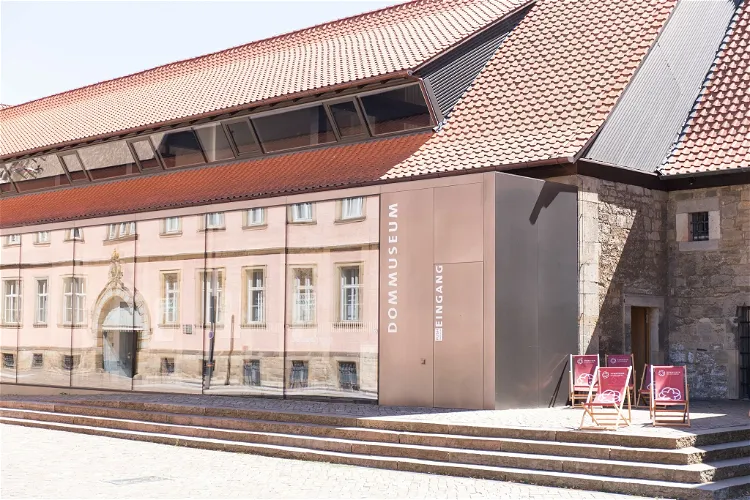
Hildesheim Cathedral Museum
HildesheimThe Hildesheim Cathedral Museum serves as the cathedral treasury and diocesan museum of the Hildesheim diocese. It is home to the cathedral treasure, which is recognized as part of the UNESCO World Heritage. This makes it a significant site for those interested in history, art, and religious artifacts.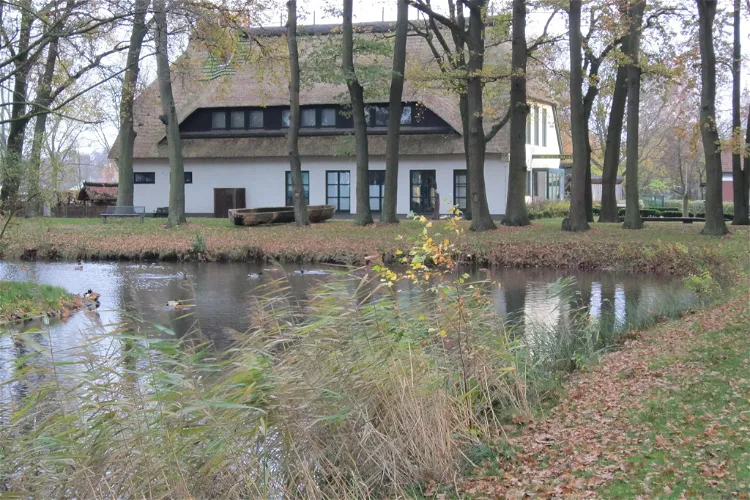
Dümmer-Museum Lembruch
LembruchThe Dümmer-Museum in Lembruch is a museum dedicated to the natural and cultural history of Dümmer. It is part of the district museum Syke, which is supported by the district of Diepholz. The museum was inaugurated in 1968 and has since been a significant part of the cultural landscape of the region.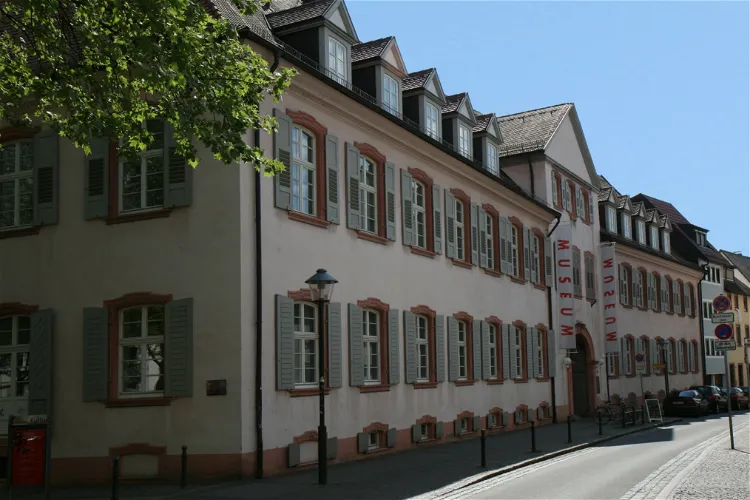
Museum im Ritterhaus
Osterode am HarzThe Museum im Ritterhaus, situated in Offenburg, Baden-Württemberg, is a historical institution that was inaugurated in 1900 by Carl Frowin Mayer. Originally, it was established as a 'Museum for Natural and Ethnology', showcasing a diverse range of exhibits related to natural history and ethnology.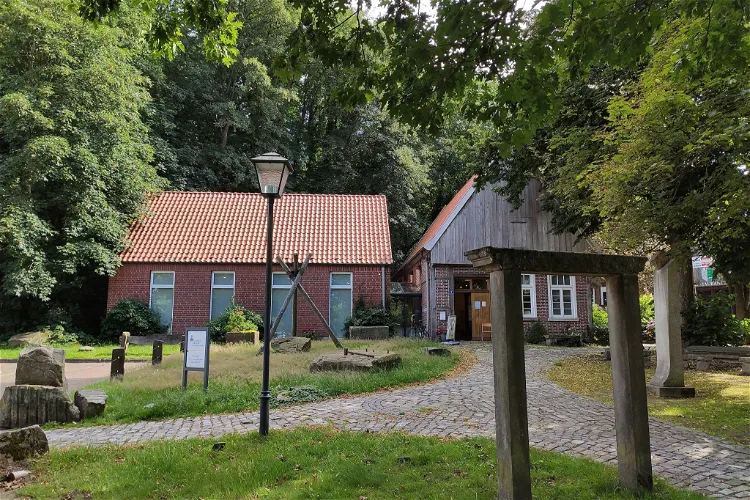
Sandsteinmuseum
Bad BentheimThe Sandsteinmuseum Bad Bentheim, opened in the summer of 1999, is situated in a historic anchor beam house with a modern extension. This unique location is nestled in the castle park below the Bentheim Castle in Bad Bentheim, Lower Saxony. The museum's location offers visitors a chance to explore the rich history of the area while enjoying the beautiful surroundings.
Stadtmuseum Meppen
MeppenThe Stadtmuseum Meppen, located at the Koppelschleuse on the old Ems-Hase Canal, is the city history museum of the Emsland district town of Meppen. This museum is a significant part of the cultural network Koppelschleuse, along with the Emsland Archaeology Museum.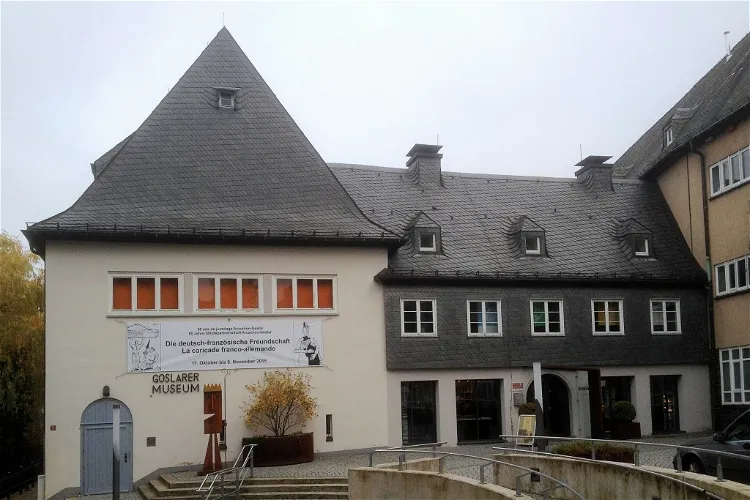
Goslarer Museum
GoslarThe Goslarer Museum is a historical, geological, and archaeological museum located in the German city of Goslar. It offers a unique opportunity to explore the rich history and geology of the region through its diverse collections.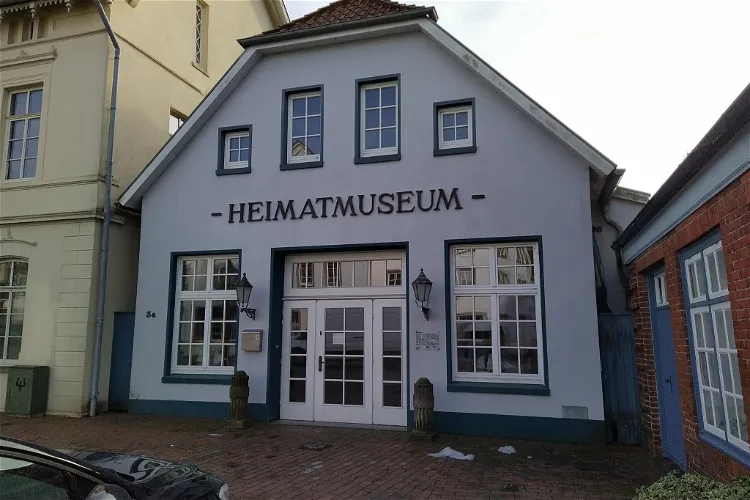
Heimatmuseum Varel
VarelThe Vareler Heimatmuseum, located on the Neumarkt, has been a part of the city since 1954. The Neumarkt itself was established in 1755, making it a location with a rich history. This museum is housed in a building that was originally a half-timbered house built around 1677, which received its current facade in the early 19th century.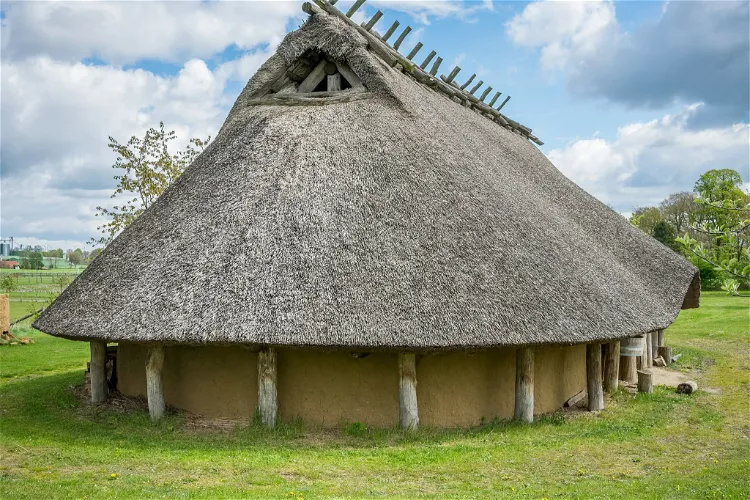
Eisenzeithaus Ostercappeln
OstercappelnThe Eisenzeithaus Darpvenne in Ostercappeln is a reconstructed Iron Age house, which was rebuilt in 2008 based on archaeological findings from the pre-Roman Iron Age. This reconstruction provides a unique insight into the living conditions of the people during this period, making it a fascinating destination for those interested in history and archaeology.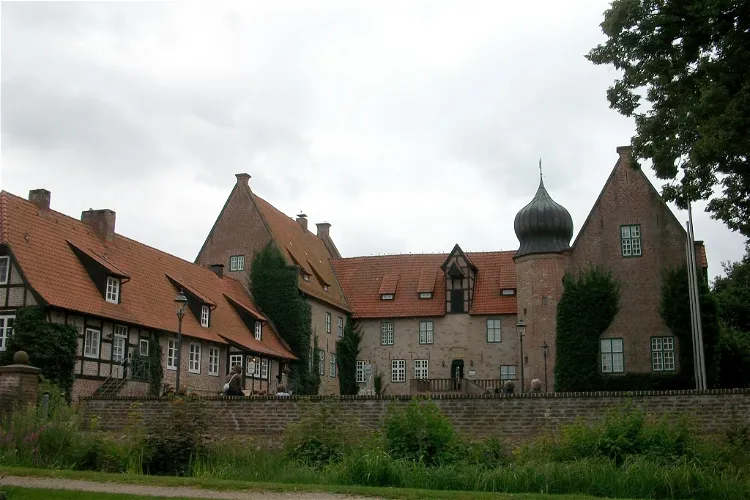
Museum Burg Bederkesa
GeestlandMuseum Burg Bederkesa is an archaeological and cultural history museum situated in Bad Bederkesa, a town in the district of Cuxhaven, Germany. The museum offers a deep dive into the rich history and culture of the region, making it an ideal destination for history enthusiasts and curious tourists alike.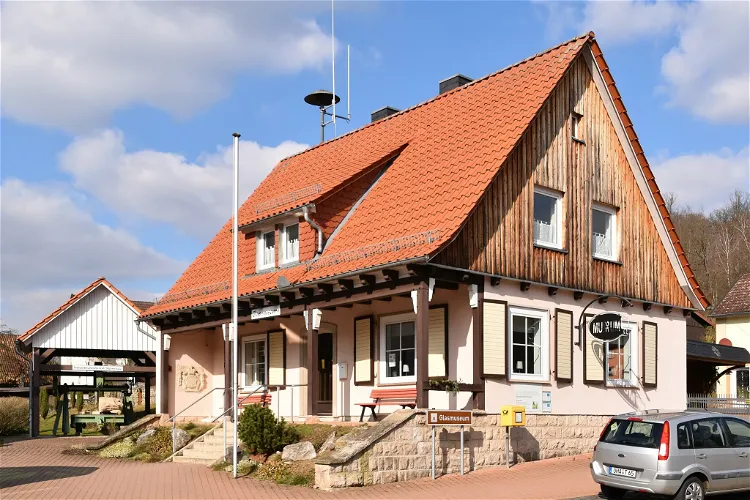
Glasmuseum Steina
Bad SachsaThe Glasmuseum Steina is situated in the former municipal house of Steina, a district of Bad Sachsa in the Göttingen district in the southern Harz. This location is steeped in history and provides a unique setting for the museum. Visitors can appreciate the historical significance of the building and its surroundings while exploring the museum's exhibits.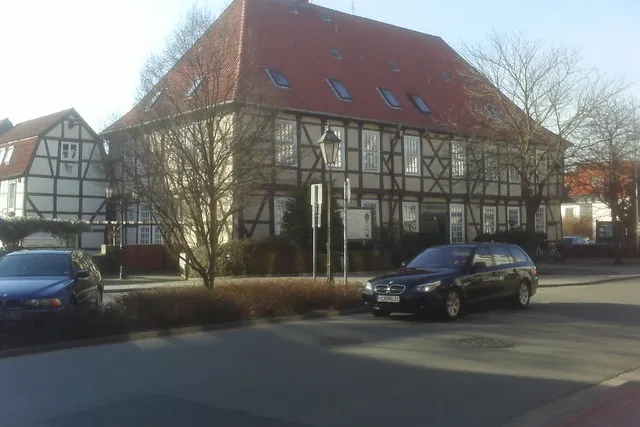
Domherrenhaus
Landkreis VerdenThe Historical Museum Domherrenhaus Verden is a significant cultural institution in the Lower Saxon city of Verden (Aller). It is a key destination for those interested in the history of the city and the surrounding region, offering a diverse collection that vividly illustrates over 1000 years of local history.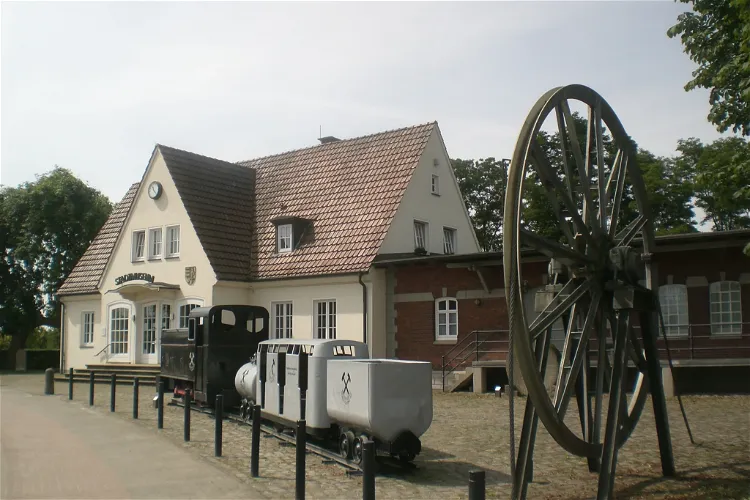
Stadtmuseum Damme
DammeThe Stadtmuseum Damme has four main exhibition focuses. Visitors can explore exhibits on the "oldest plank road in the world", artifacts from the surrounding Neolithic and Bronze Age burial sites, and exhibits on the Dersaburg and the territorial dispute of the Prince-Bishops of Osnabrück and Münster in the city area from 1252–1802 or 1817. These exhibits provide a deep dive into the rich history and culture of the region.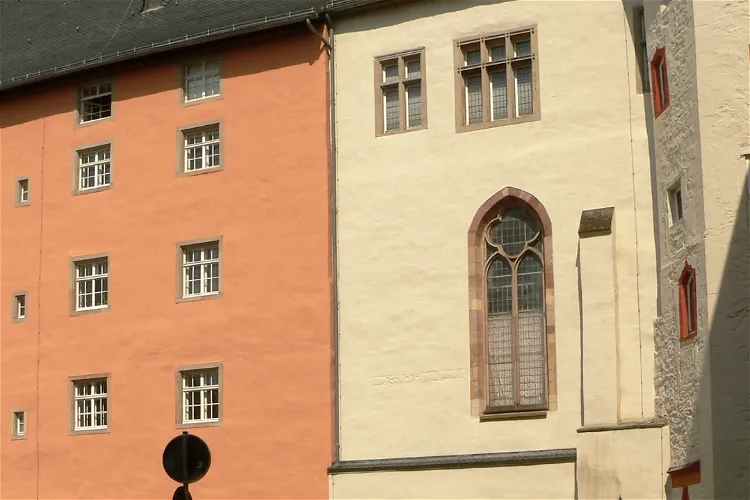
Städtisches Museum Hann. Münden
Hann. MündenThe Städtische Museum Hann. Münden is a museum situated in the town of Hann. Münden in Lower Saxony, Germany. It is housed in the Welfenschloss Münden, a historic castle that adds to the charm and historical significance of the museum.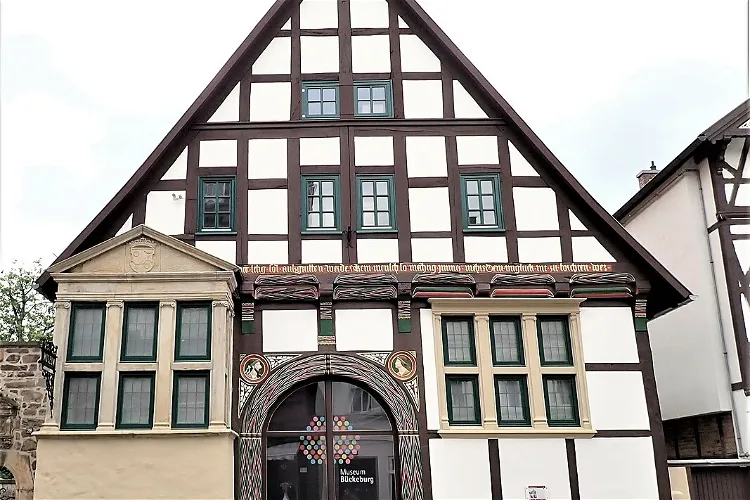
Museum Bückeburg
BückeburgThe Museum Bückeburg for city history and Schaumburg-Lippe regional history is situated in the city of Bückeburg, Lower Saxony. This museum offers a deep dive into the local and regional history, providing a unique perspective on the past of this area.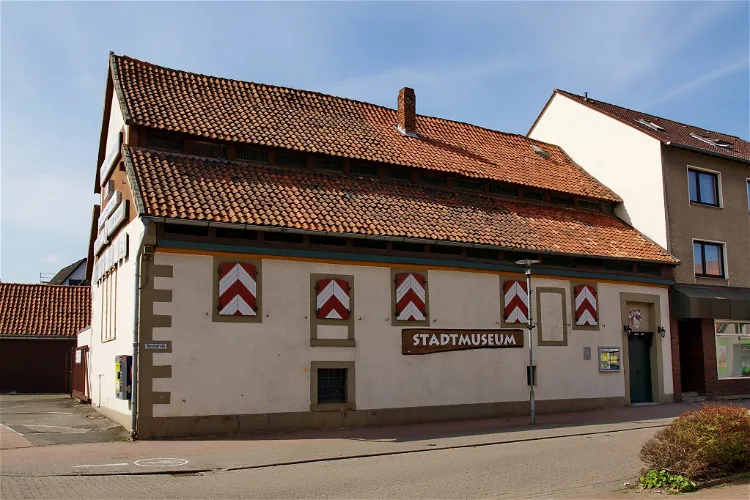
Stadtmuseum Gehrden
GehrdenStadtmuseum Gehrden is a museum situated in the city of Gehrden, within the Hanover region. The museum is housed in the city's old brewery, a building that is protected as a historical monument. This location adds a unique charm to the museum, making it a fascinating place to explore the city's history.- 32
Museum Portal zur Geschichte
Bad GandersheimThe Portal zur Geschichte is a permanent exhibition located in Bad Gandersheim. It is divided into two exhibitions, each situated at a different location. This unique setup allows visitors to explore various aspects of the region's history across multiple sites. - 33
Exhibition Centre for the Archaeology of the Emsland
MeppenThe Exhibition Centre for the Archaeology of the Emsland is located in Meppen, Lower Saxony, Germany. This archaeological museum provides a comprehensive view of the region's cultural history, making it a significant destination for those interested in archaeology and history.